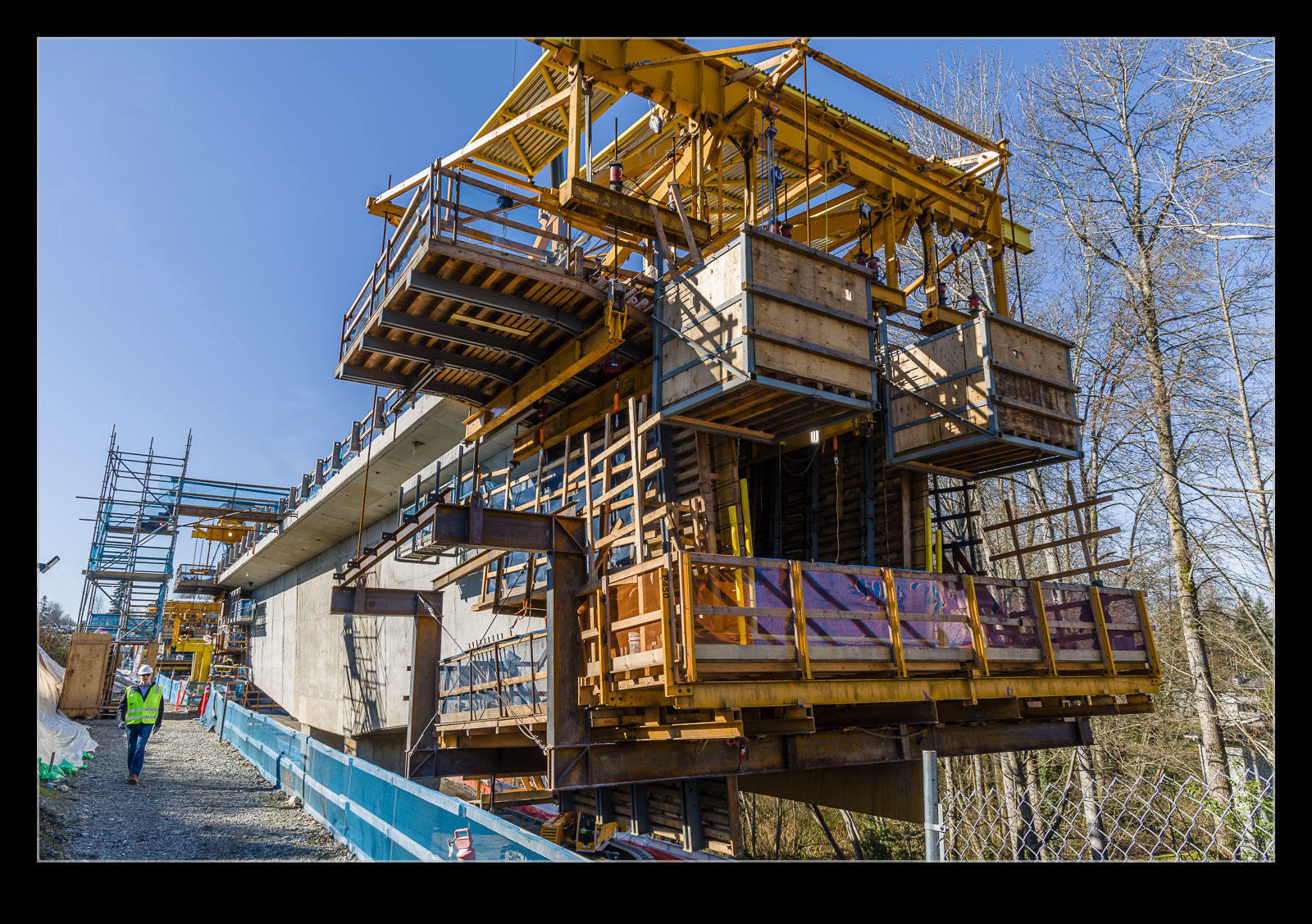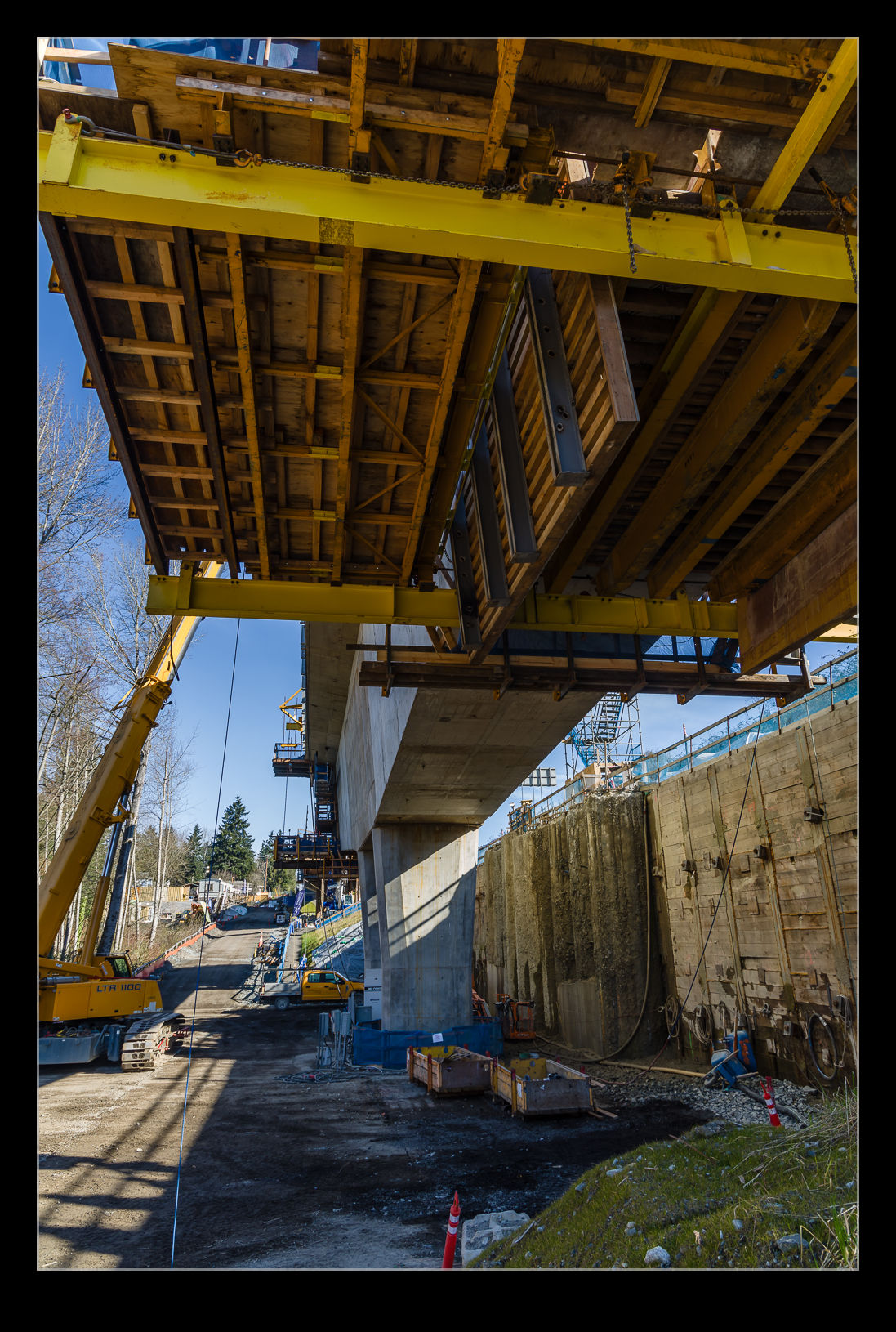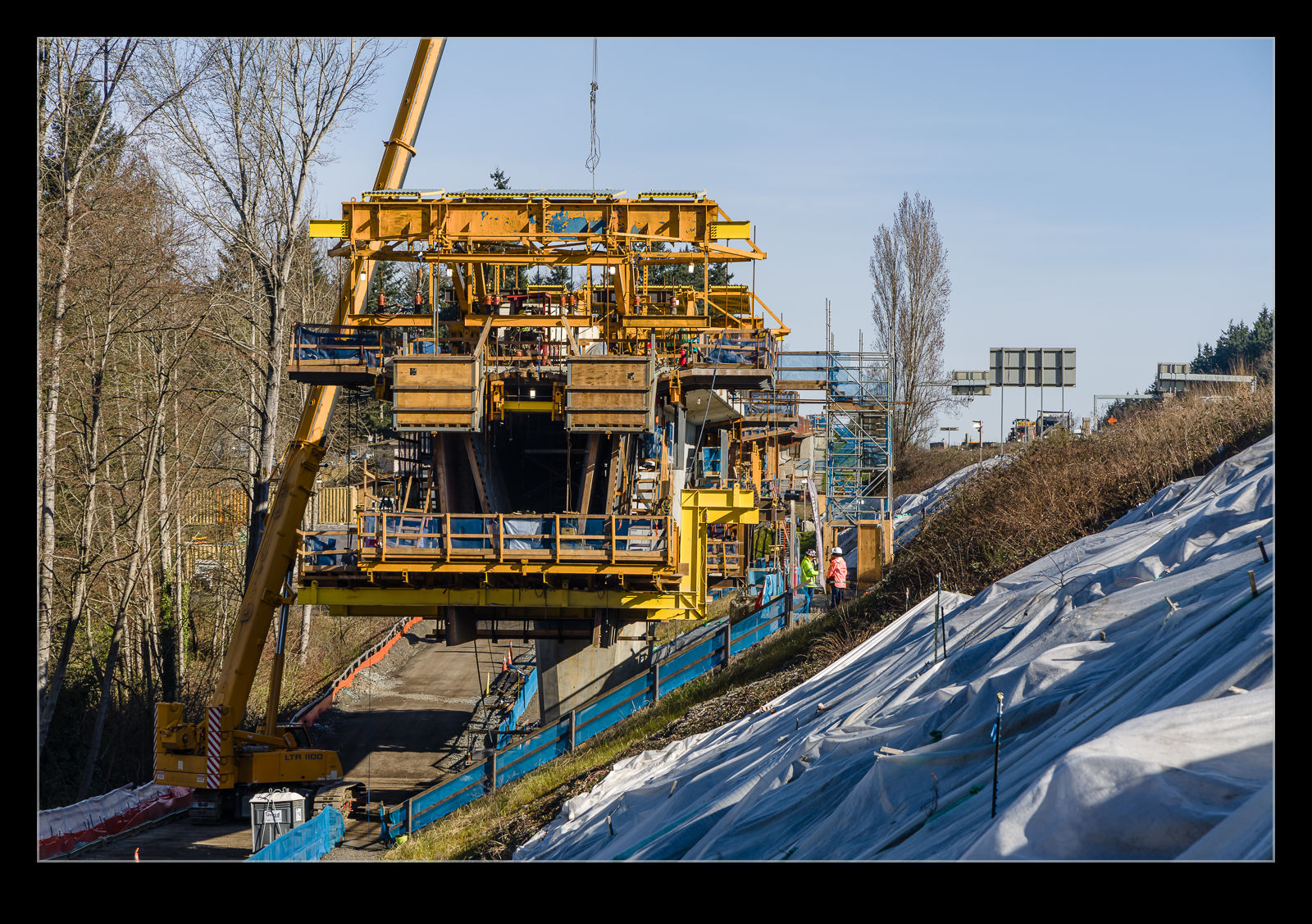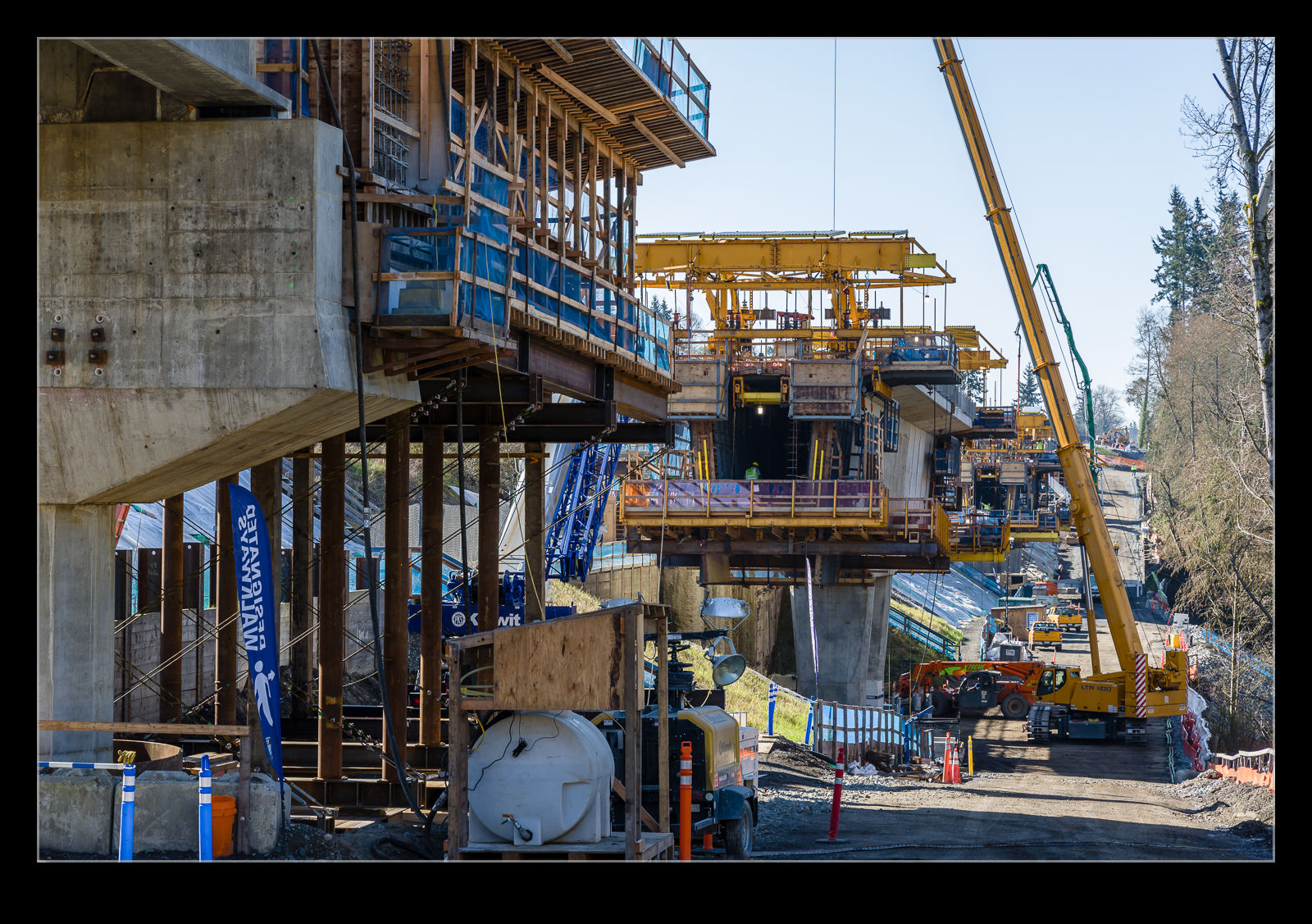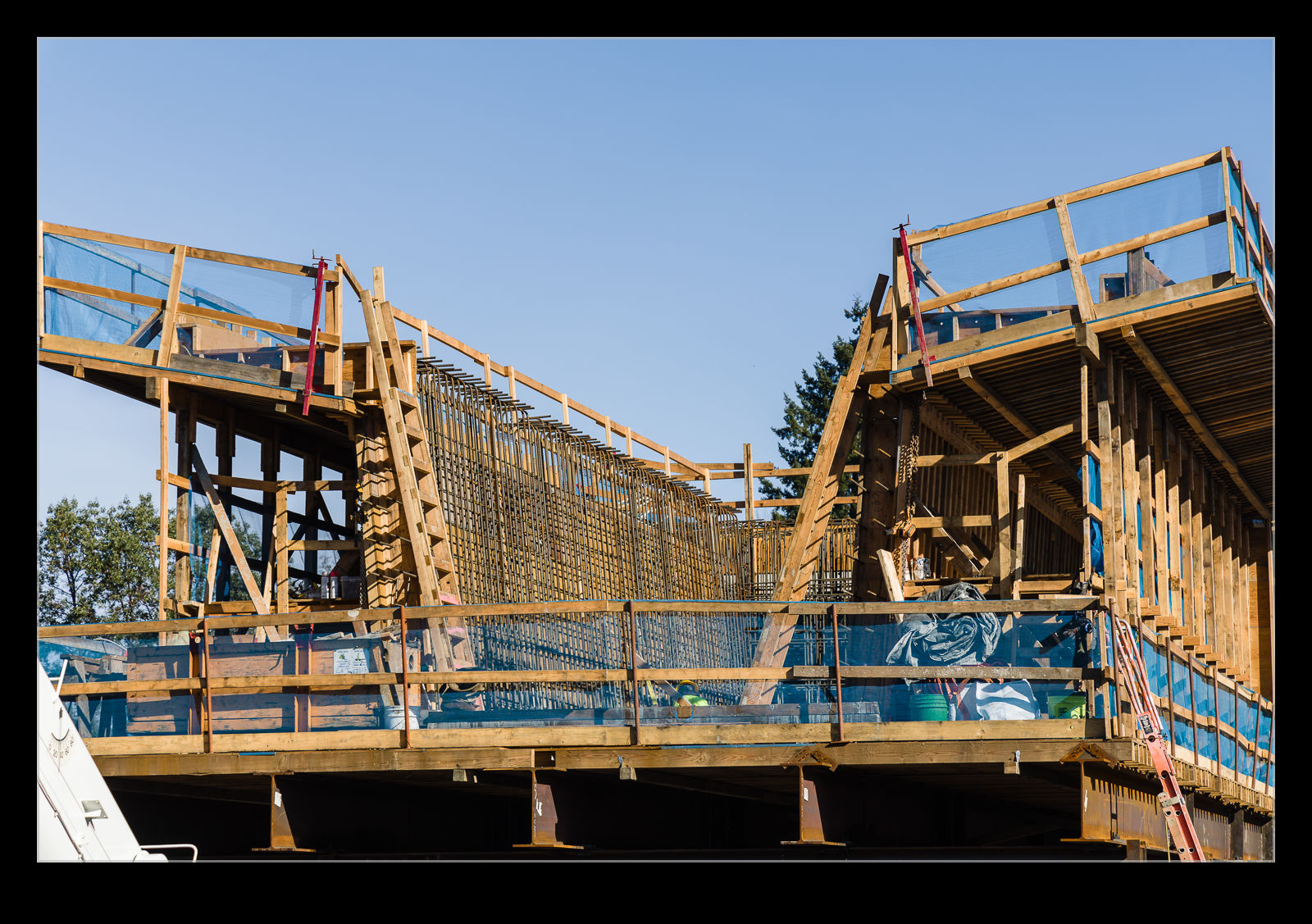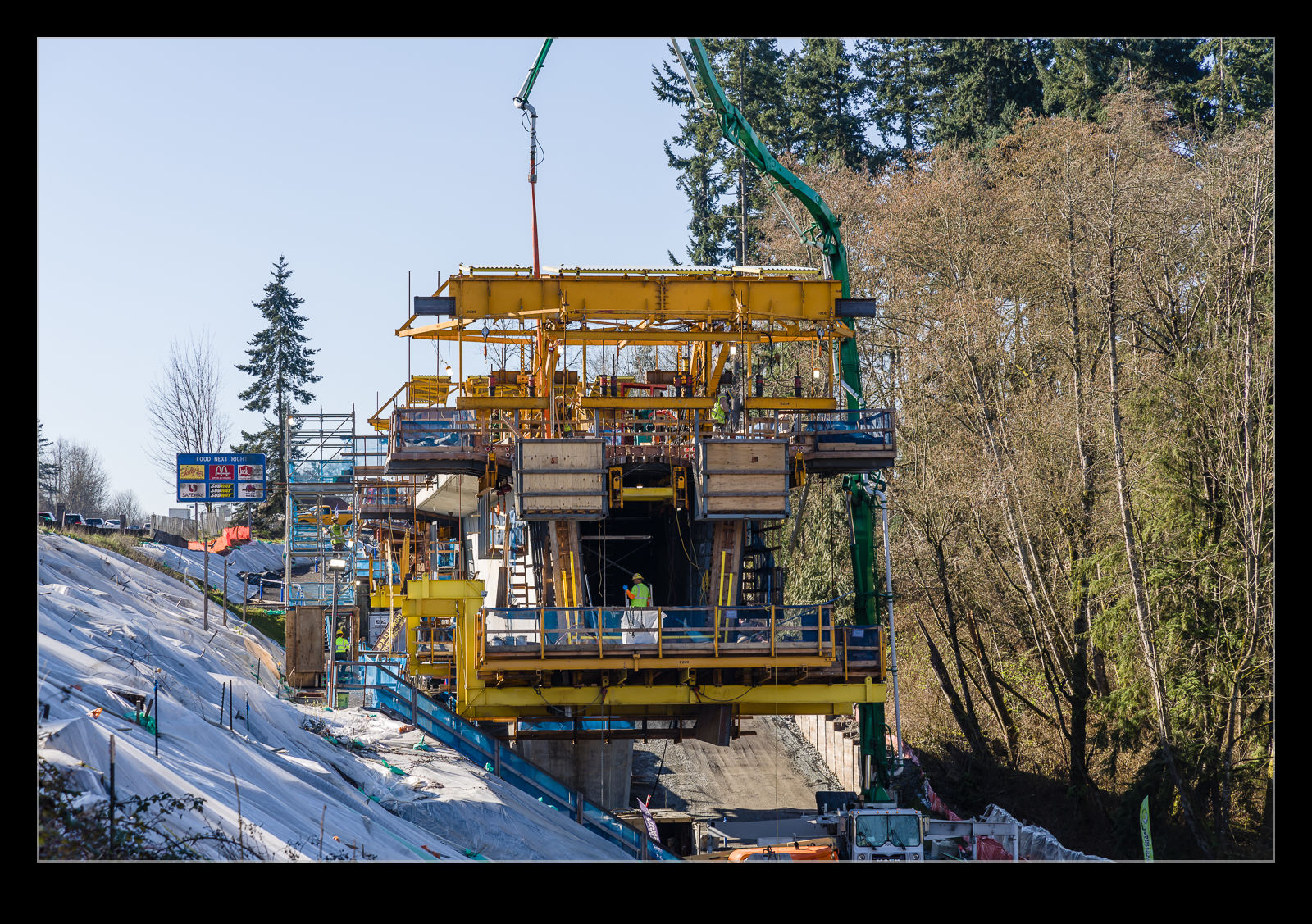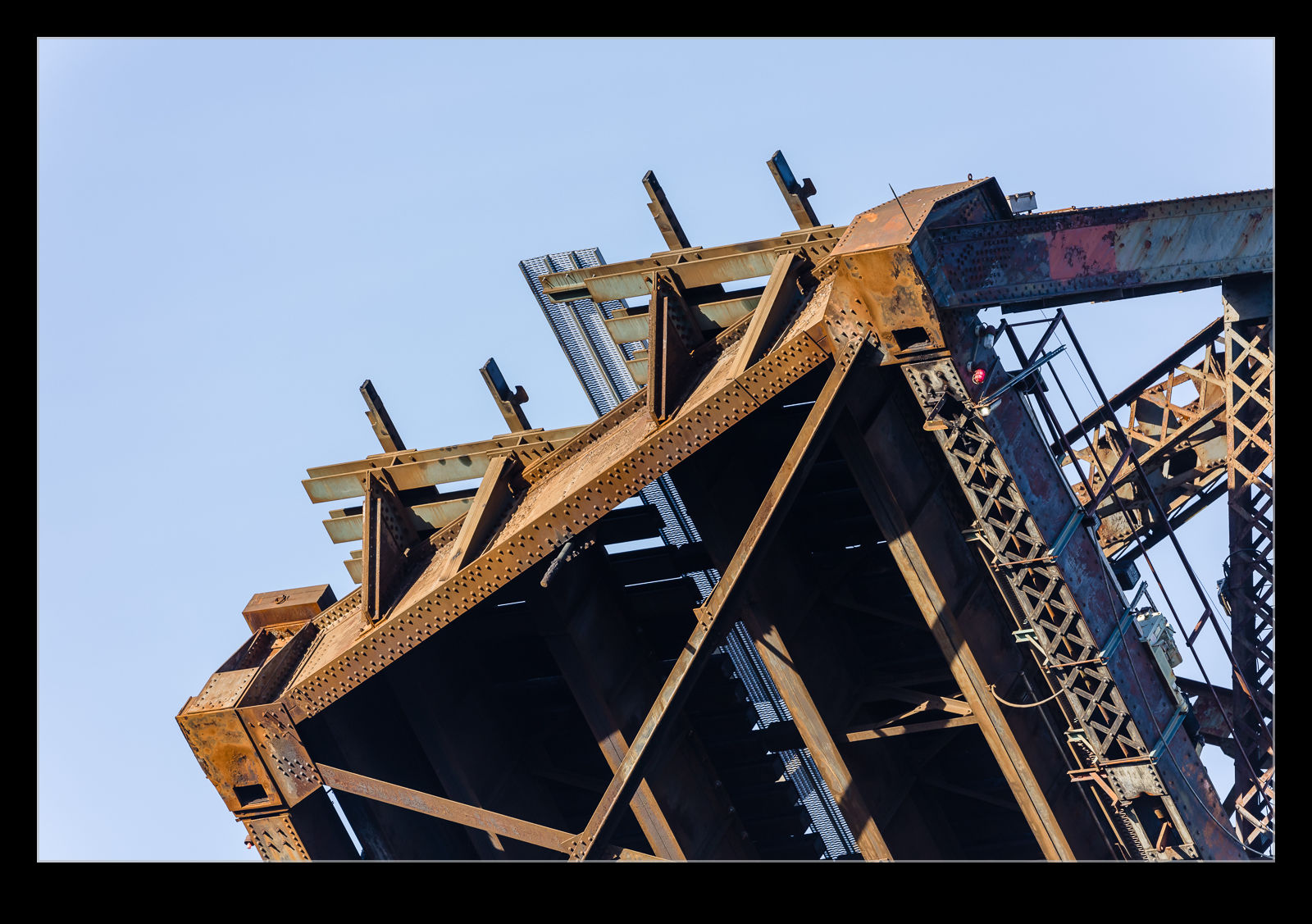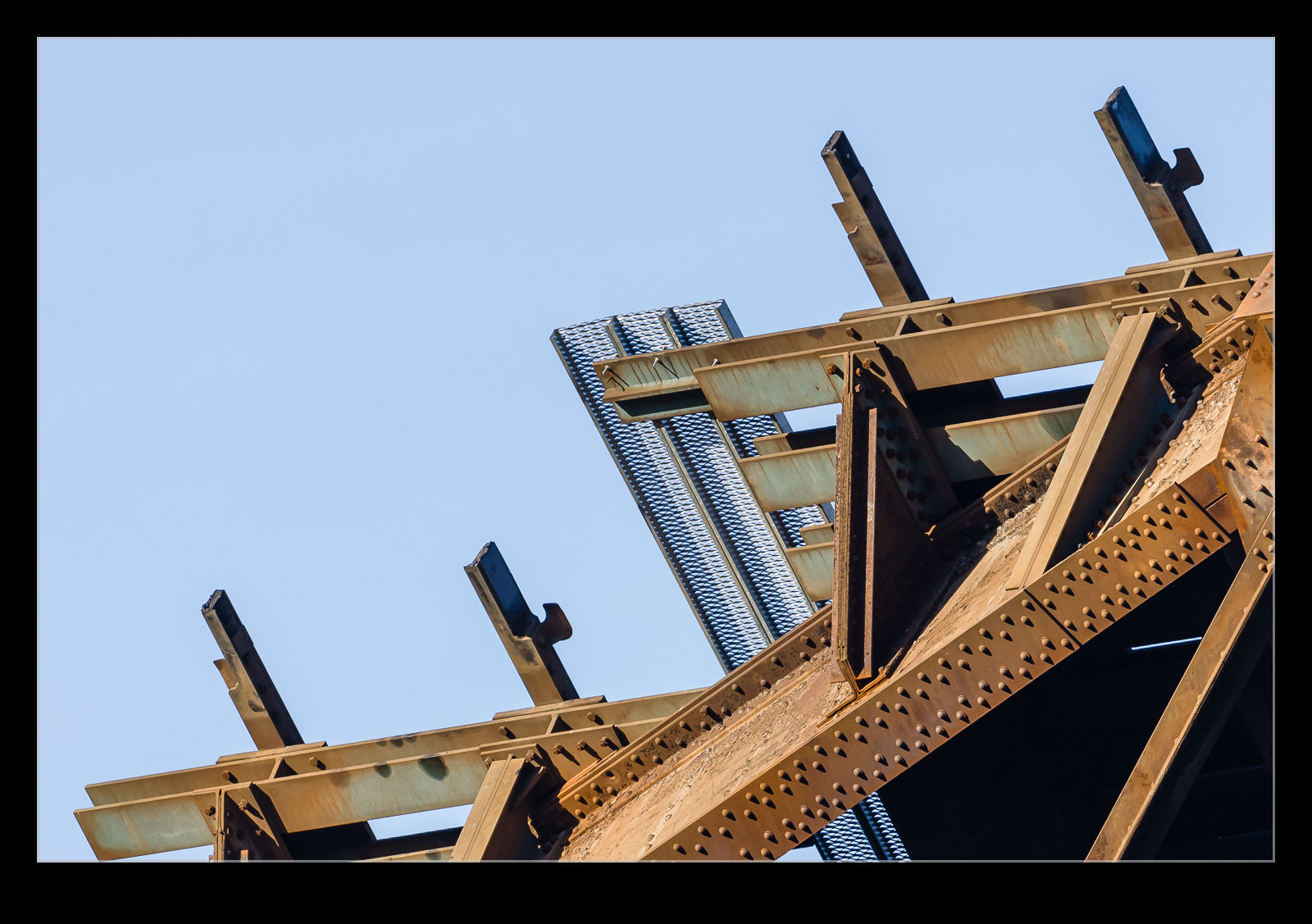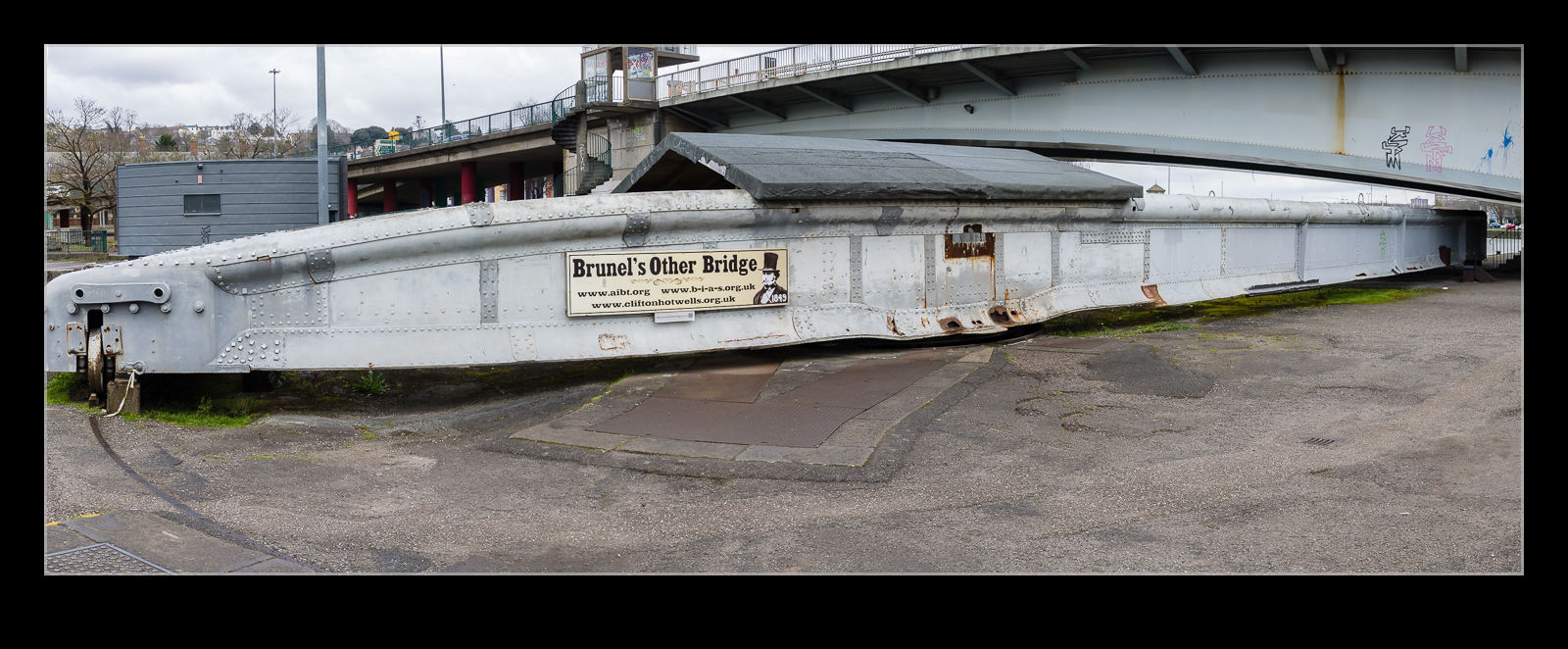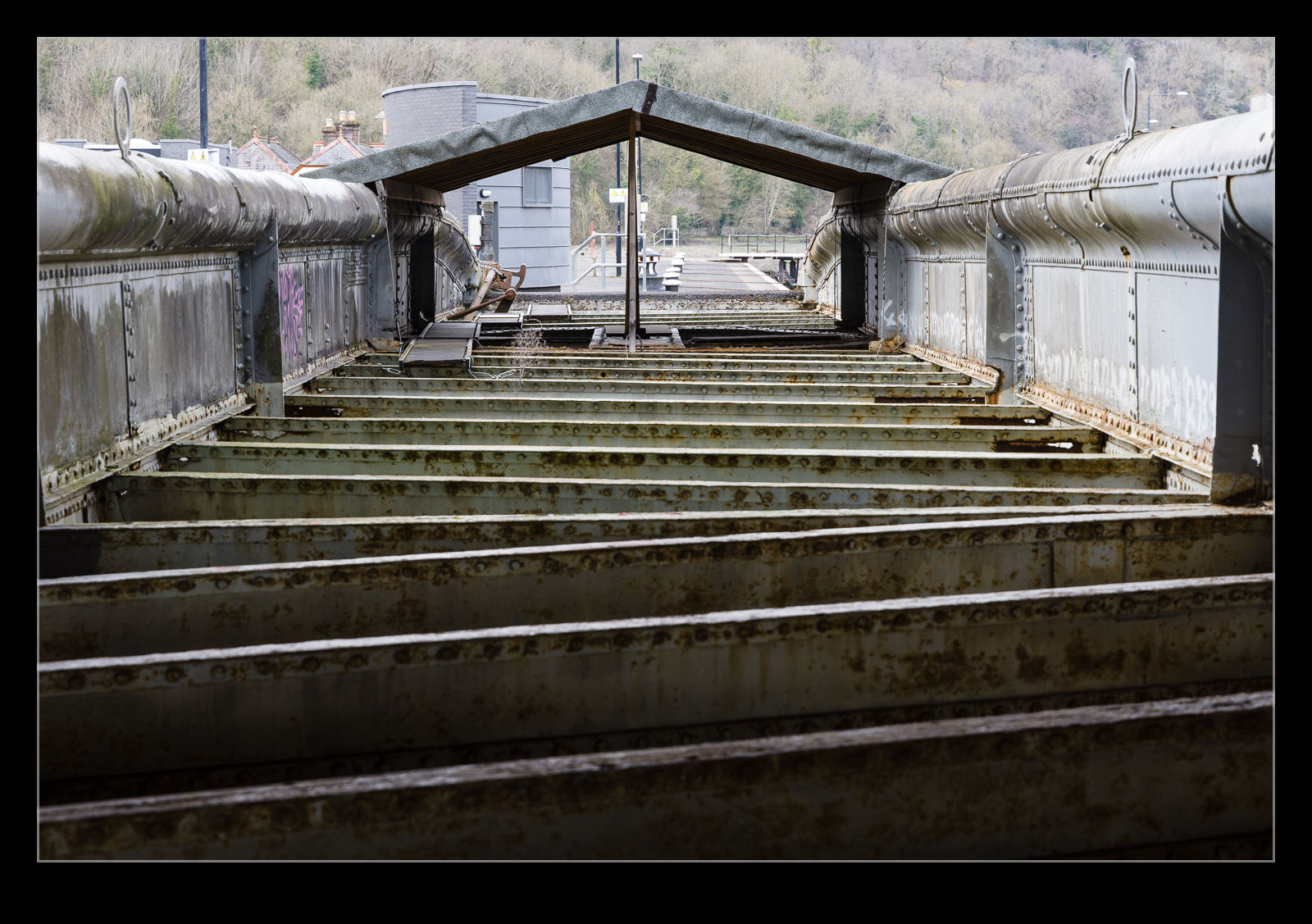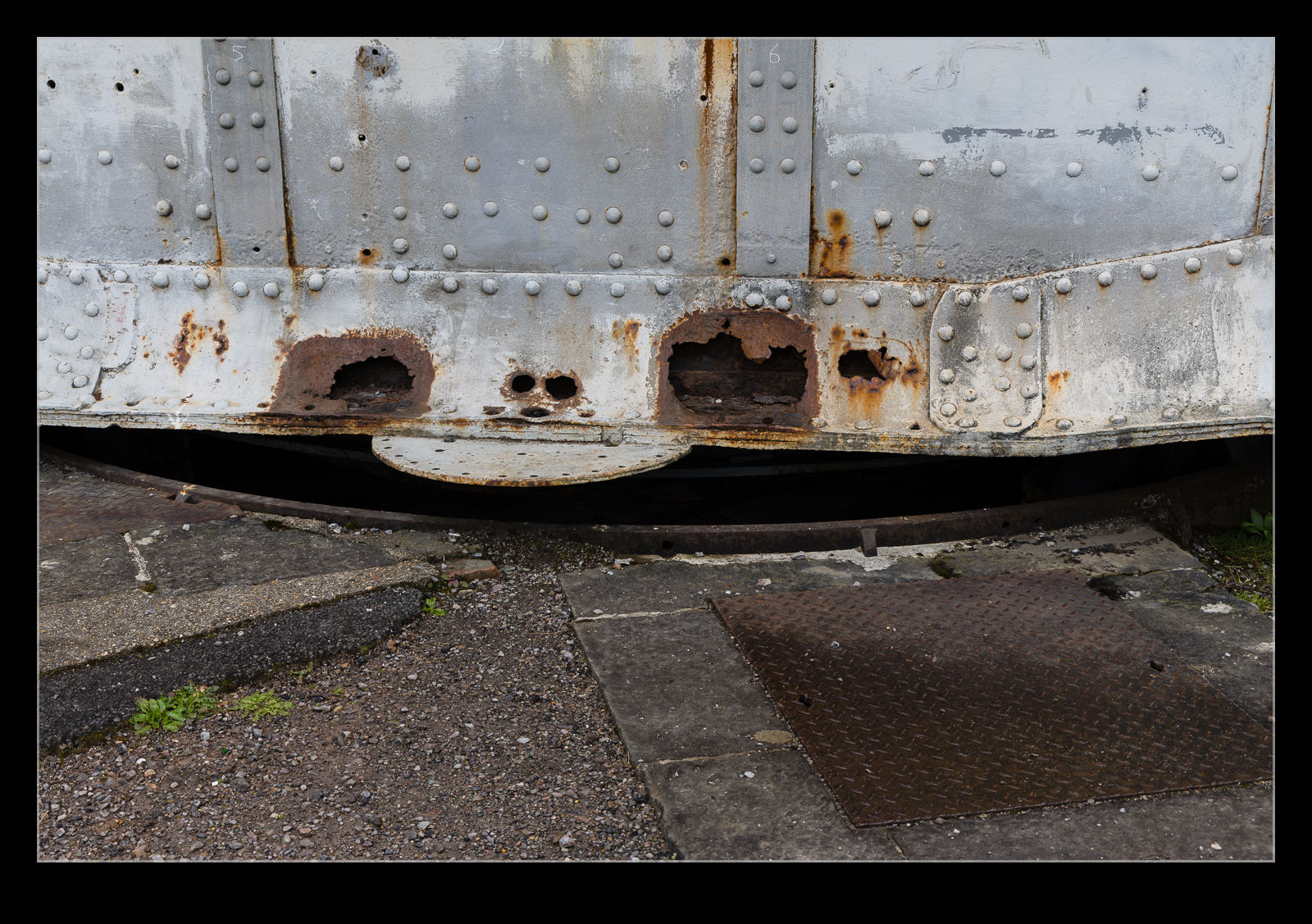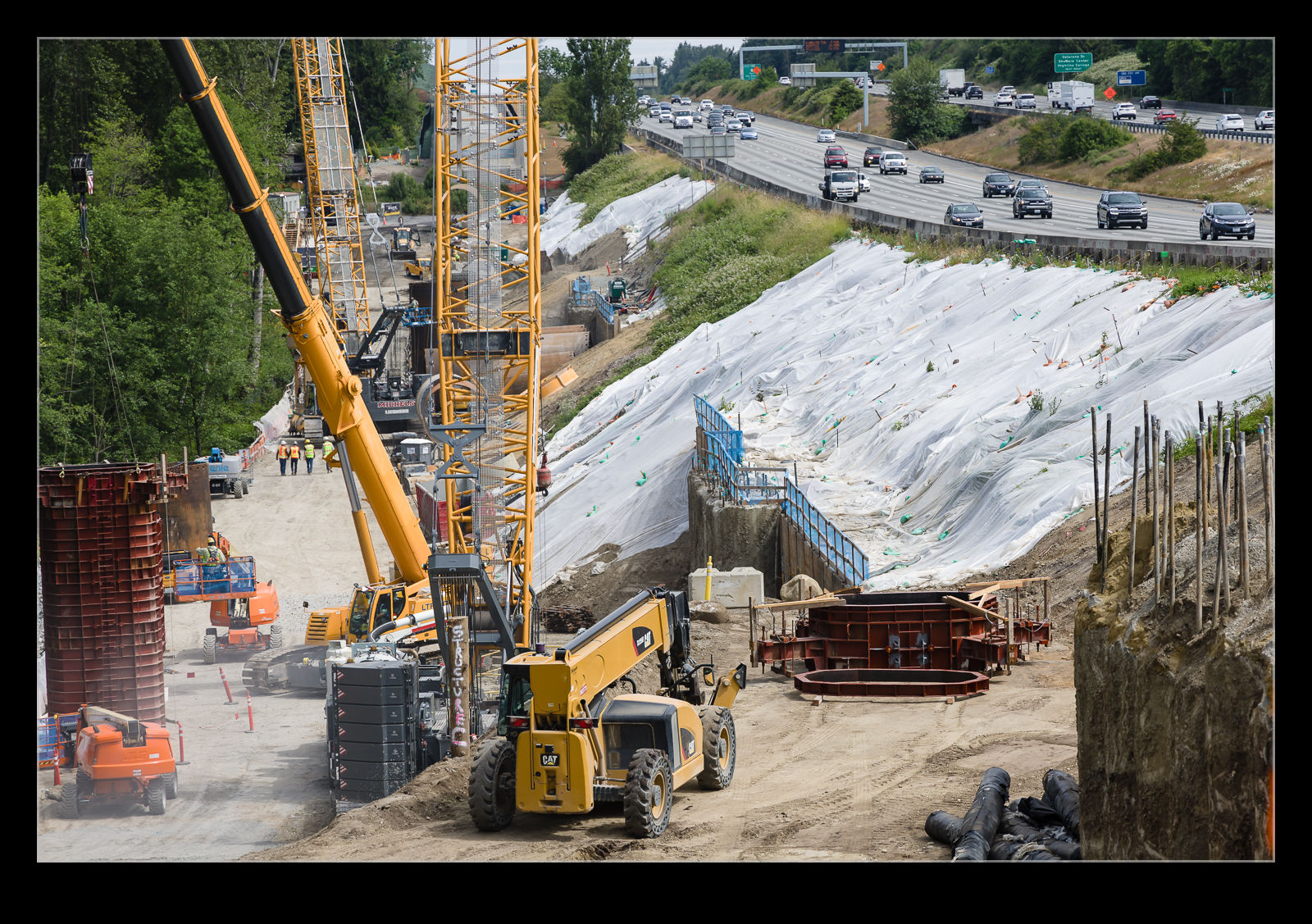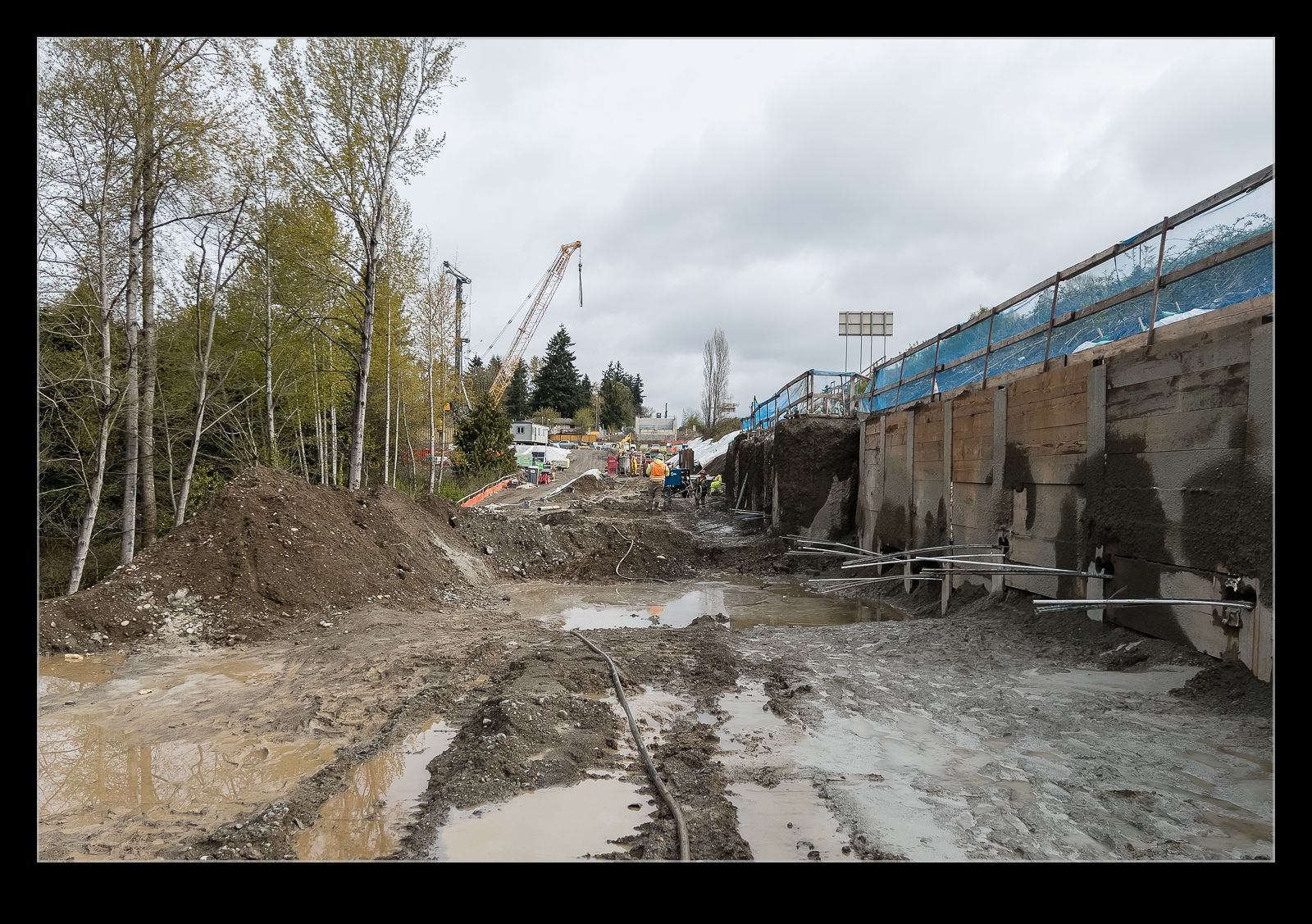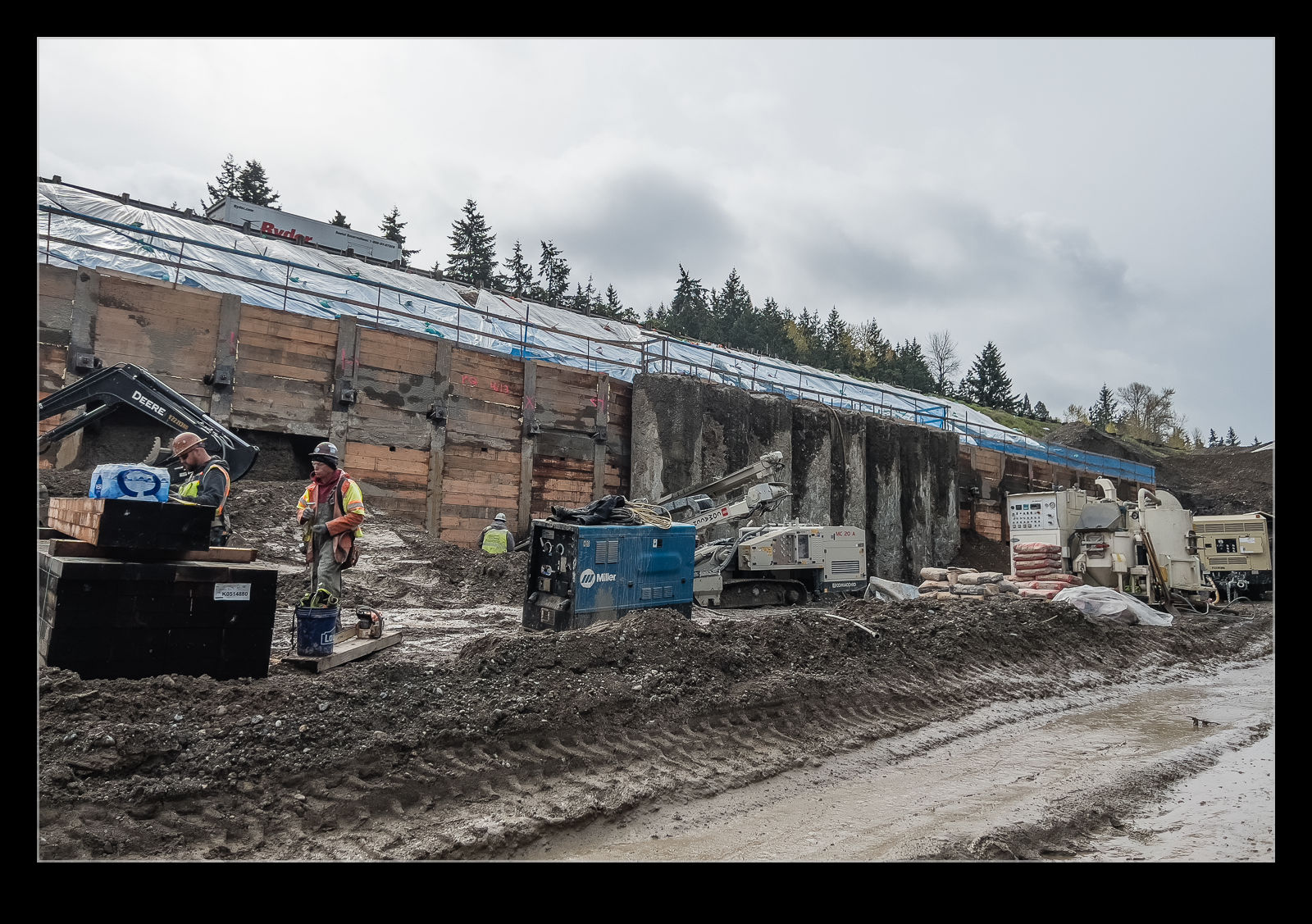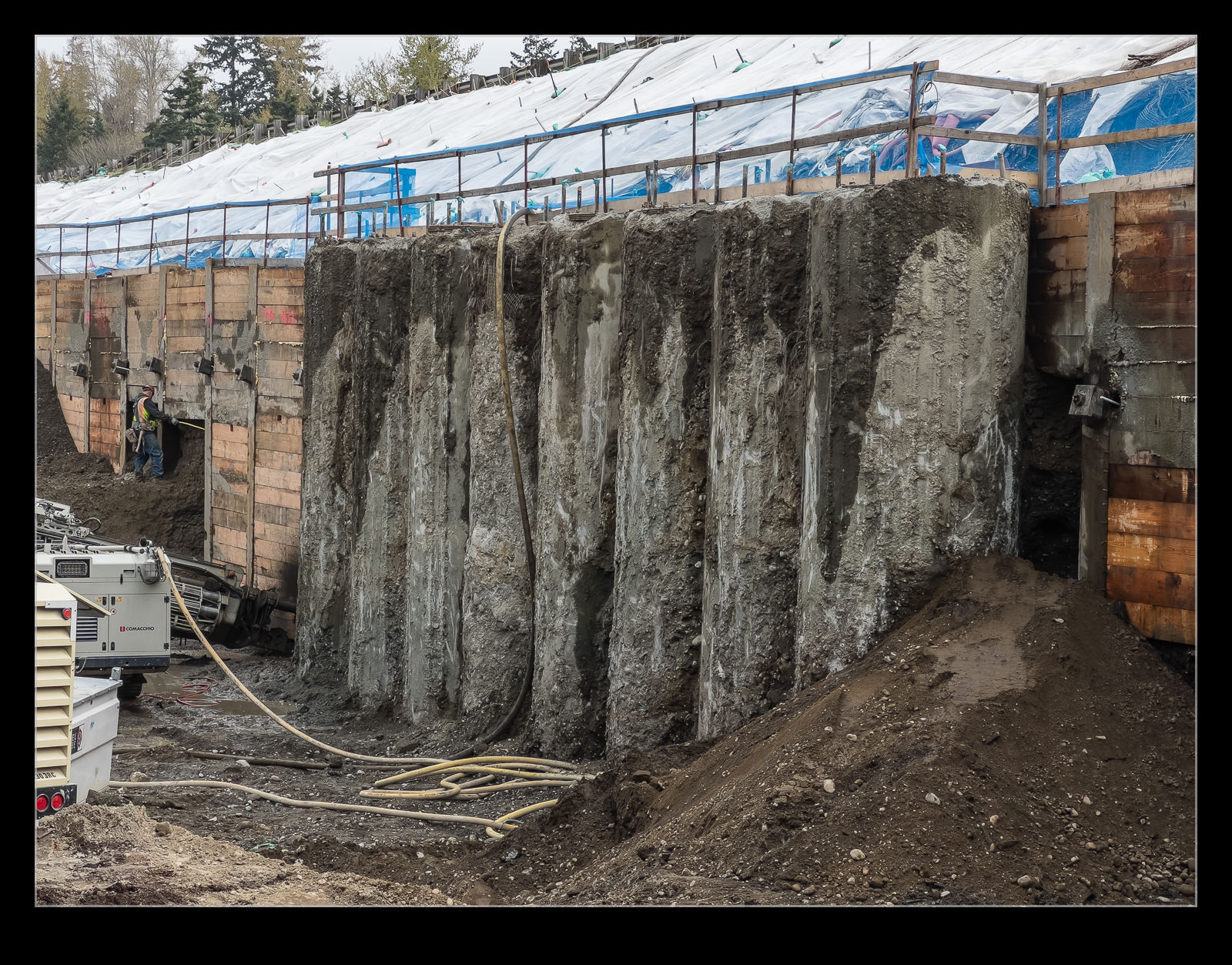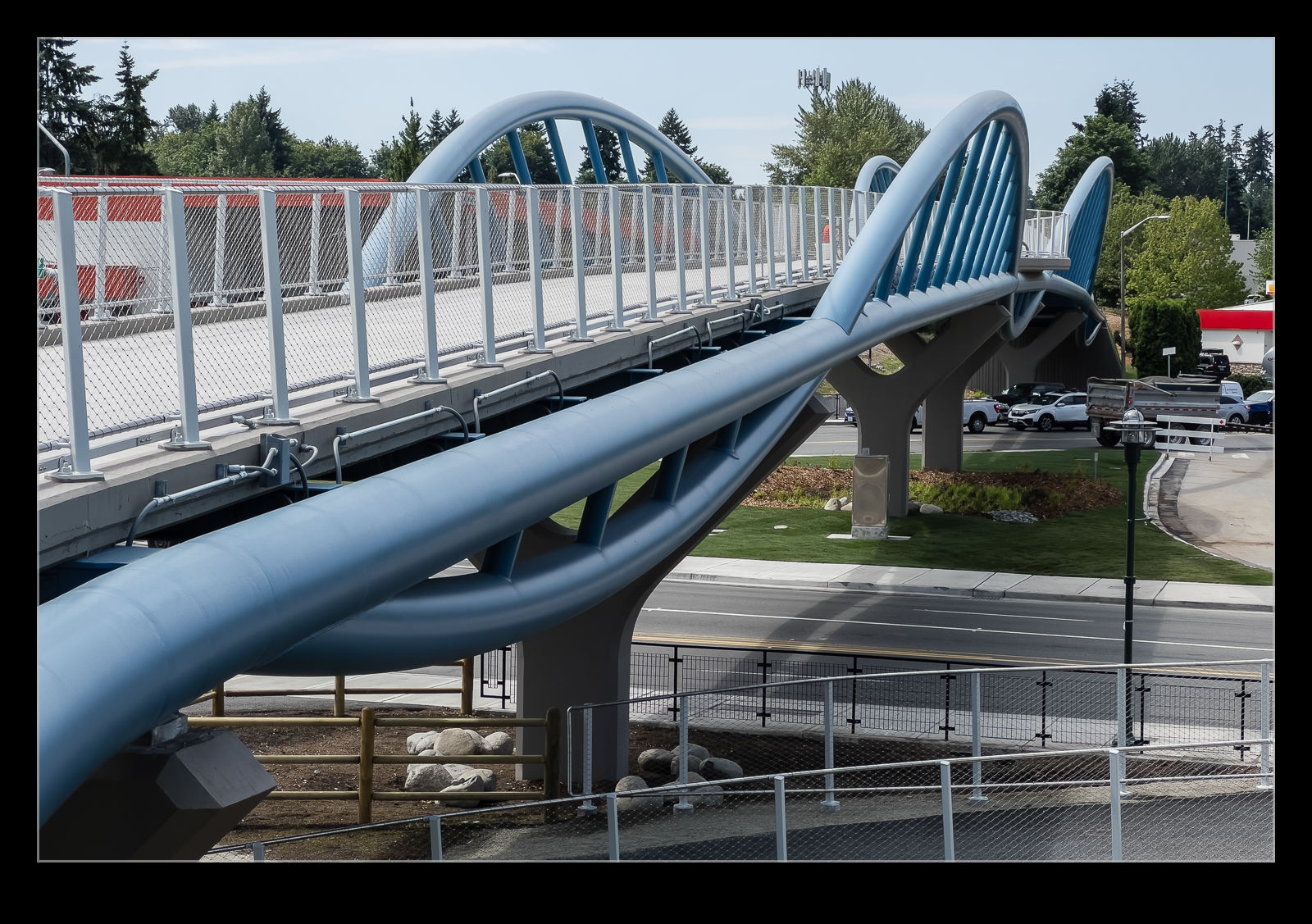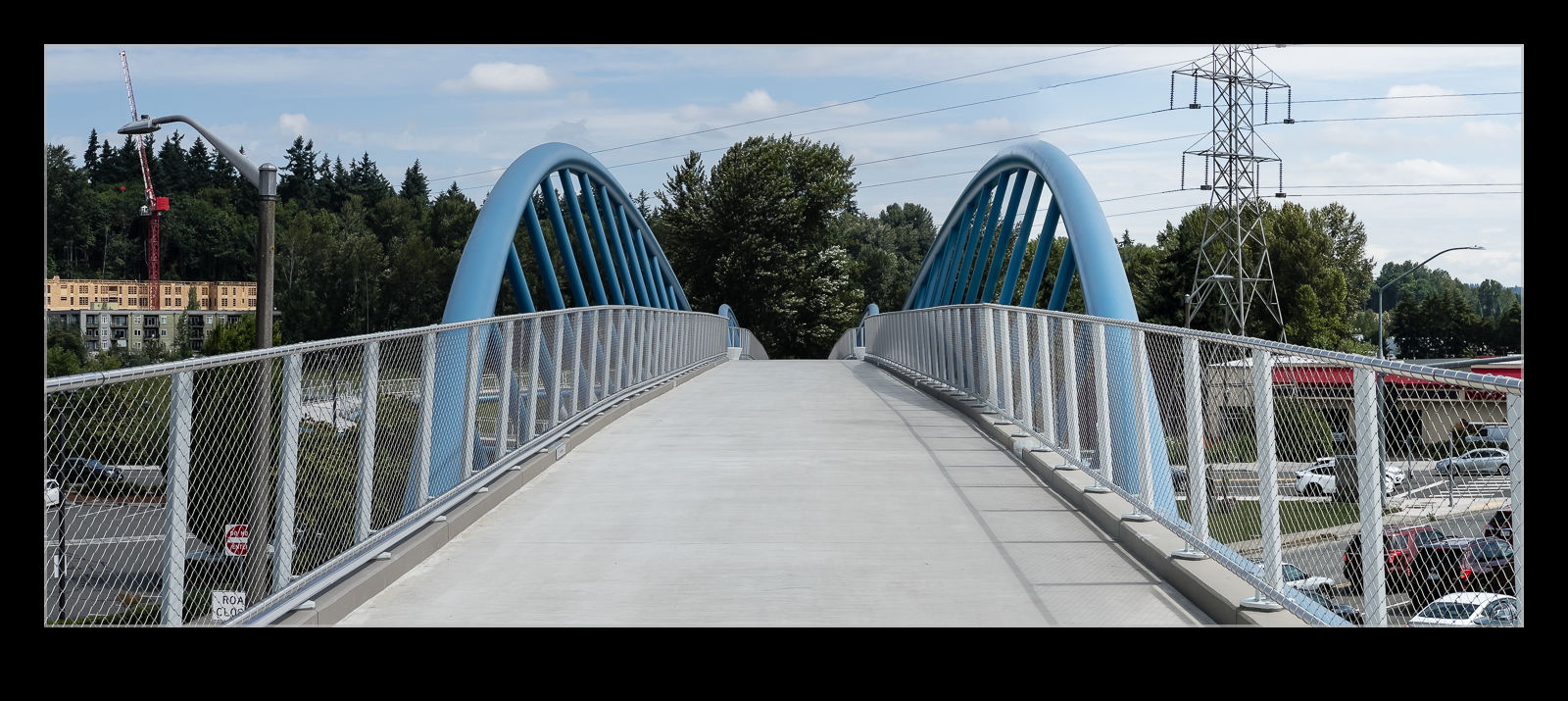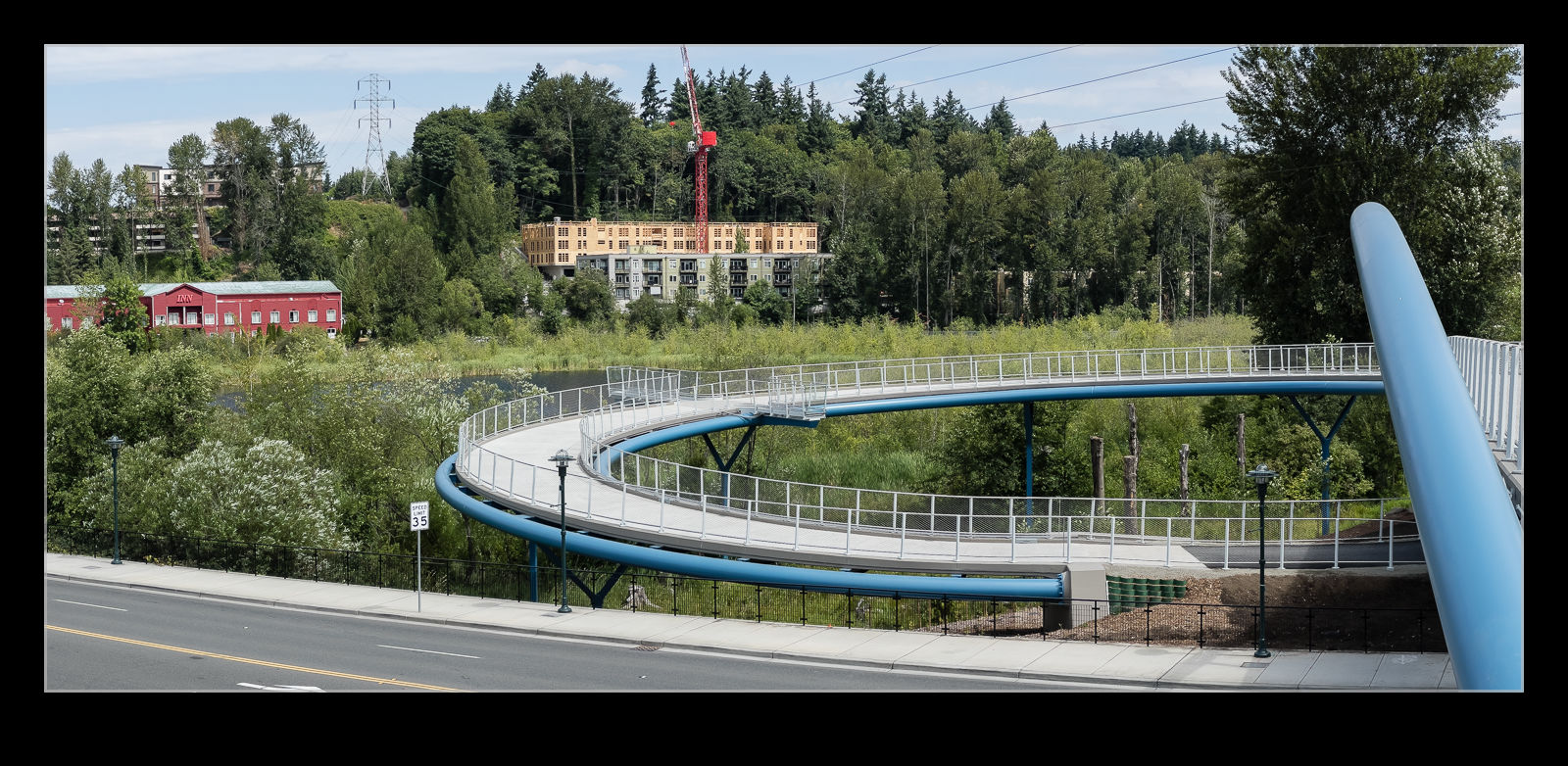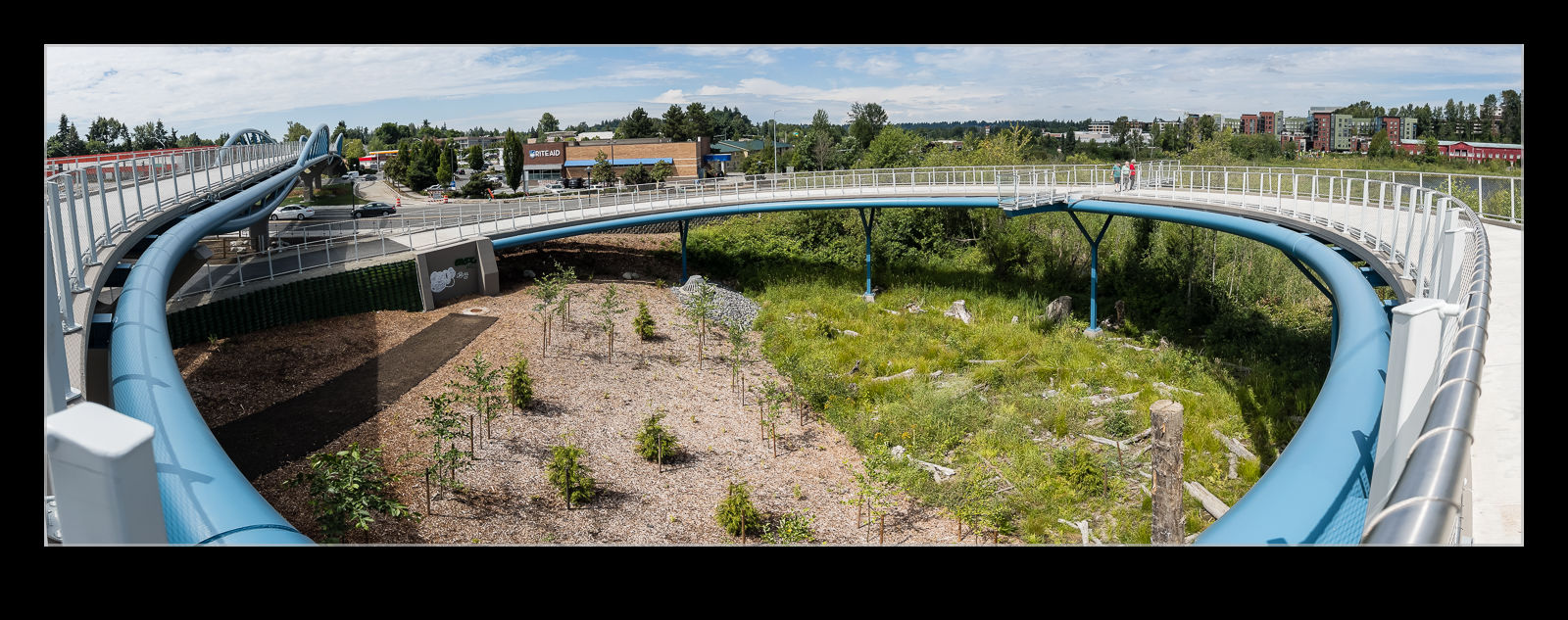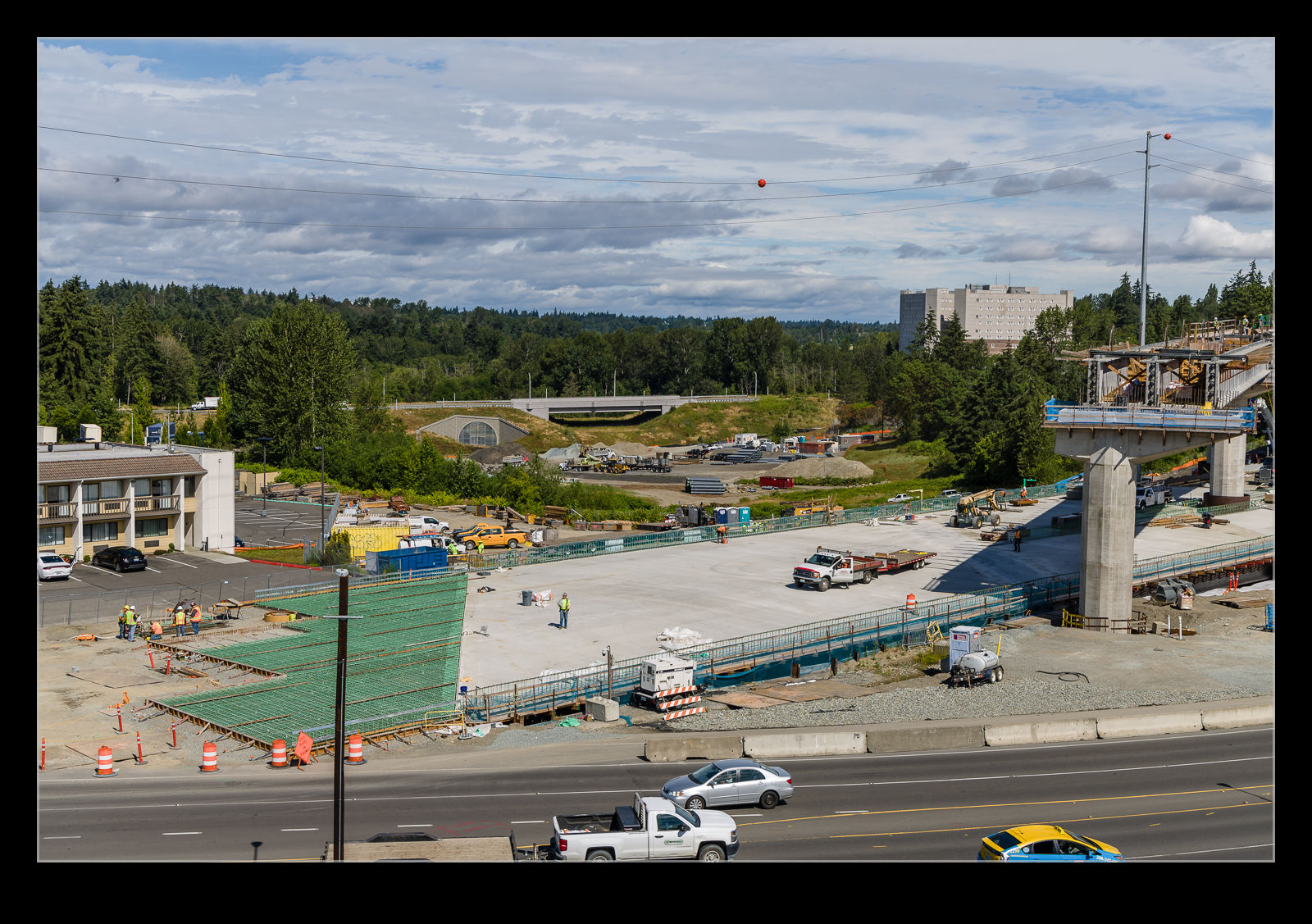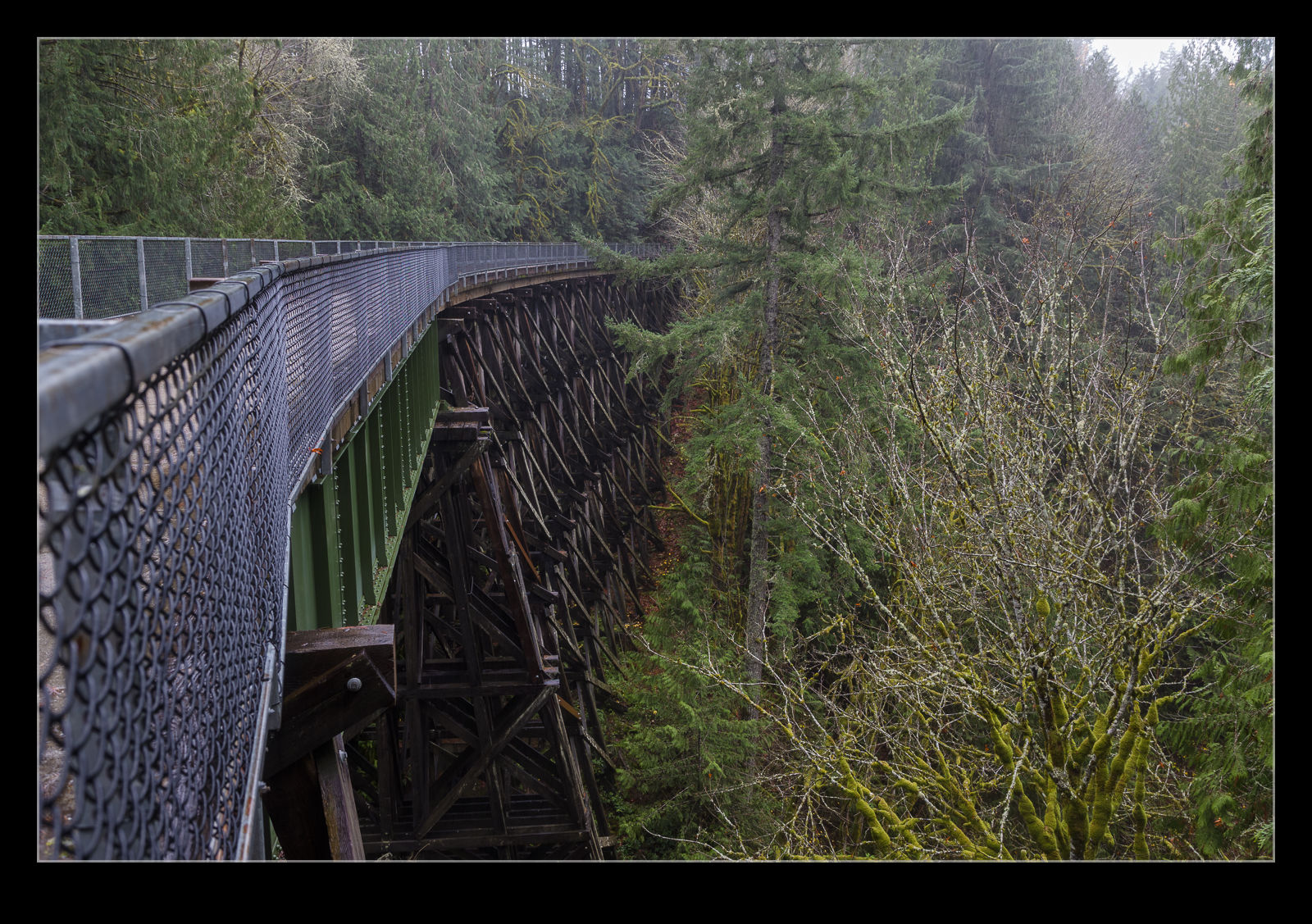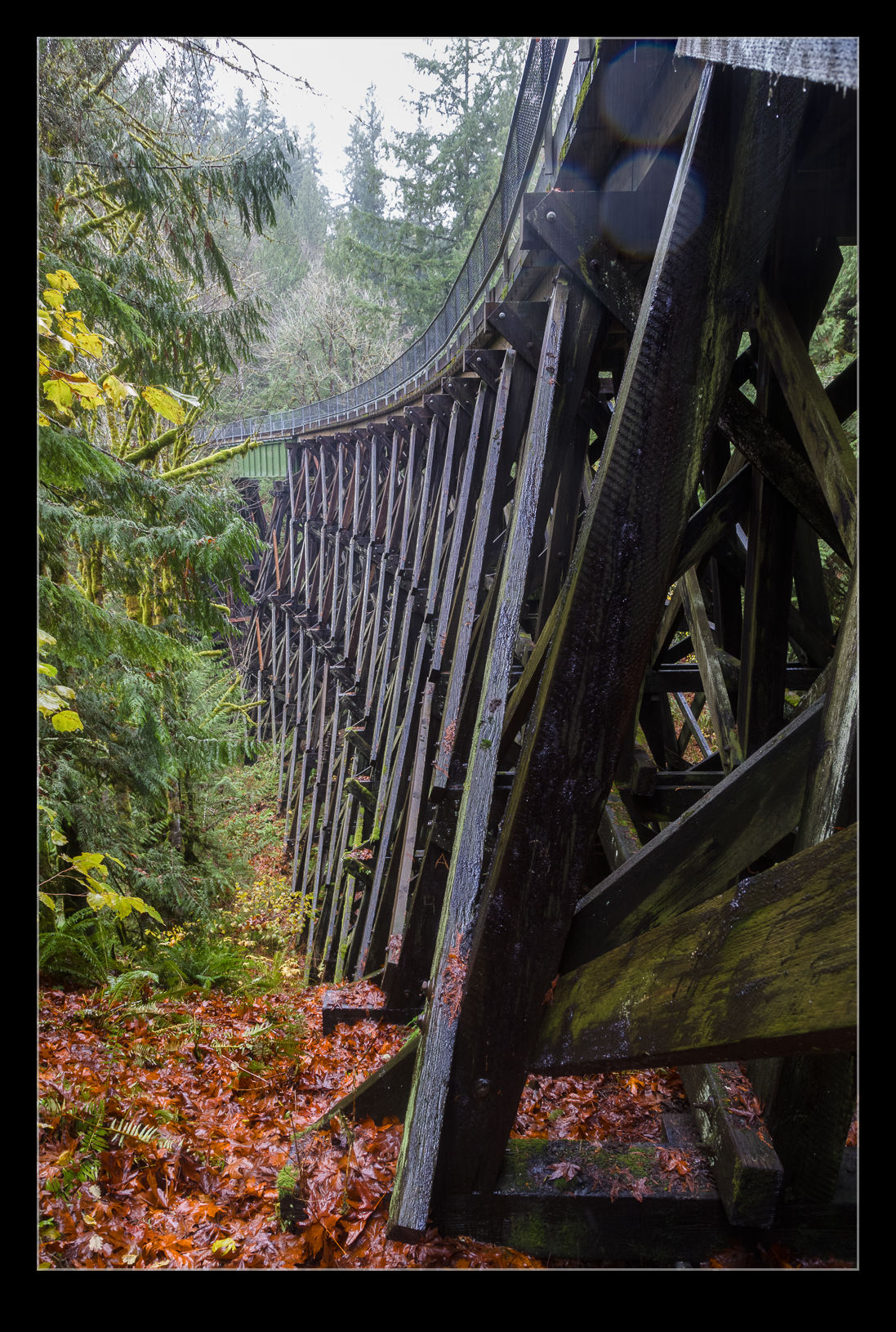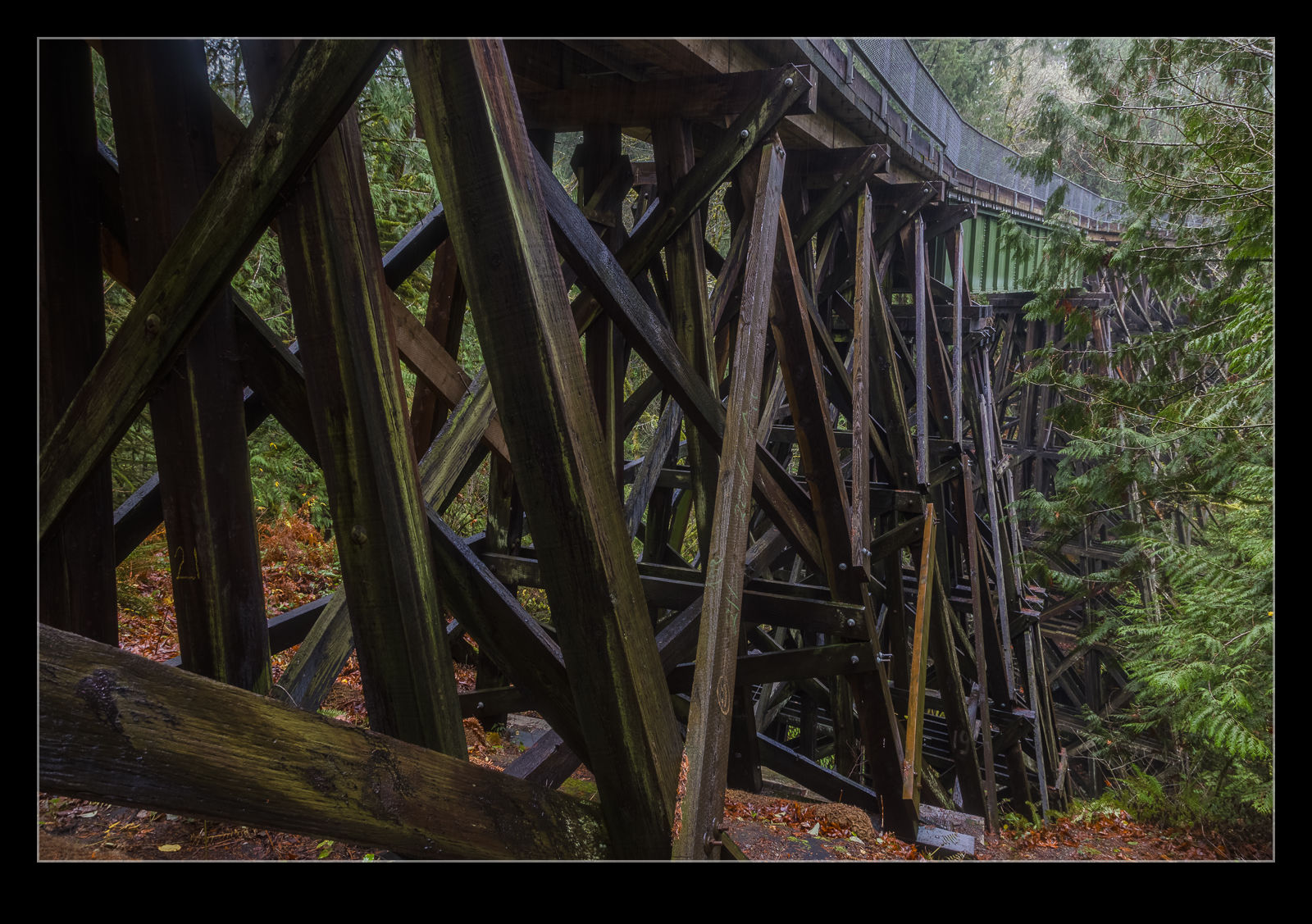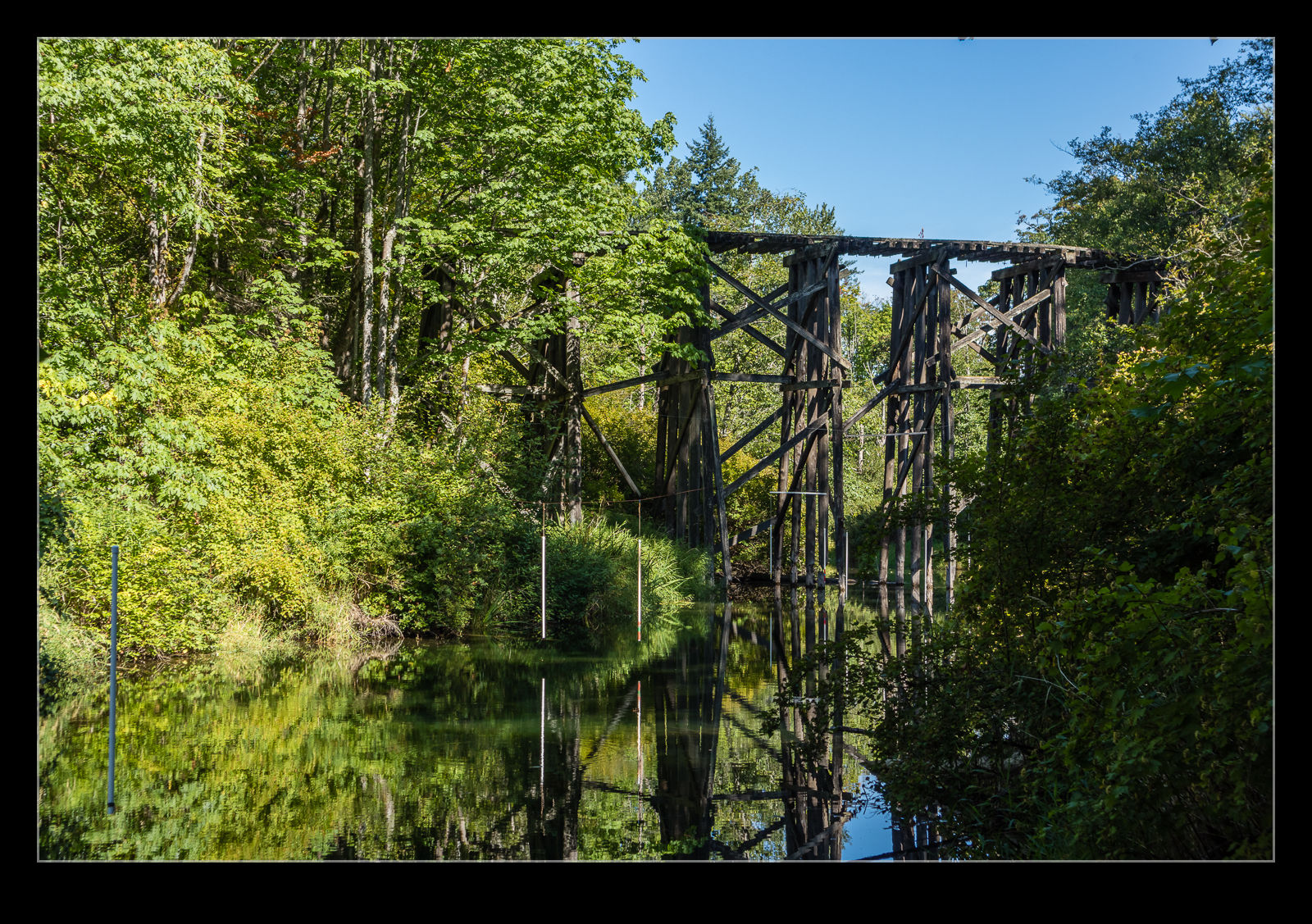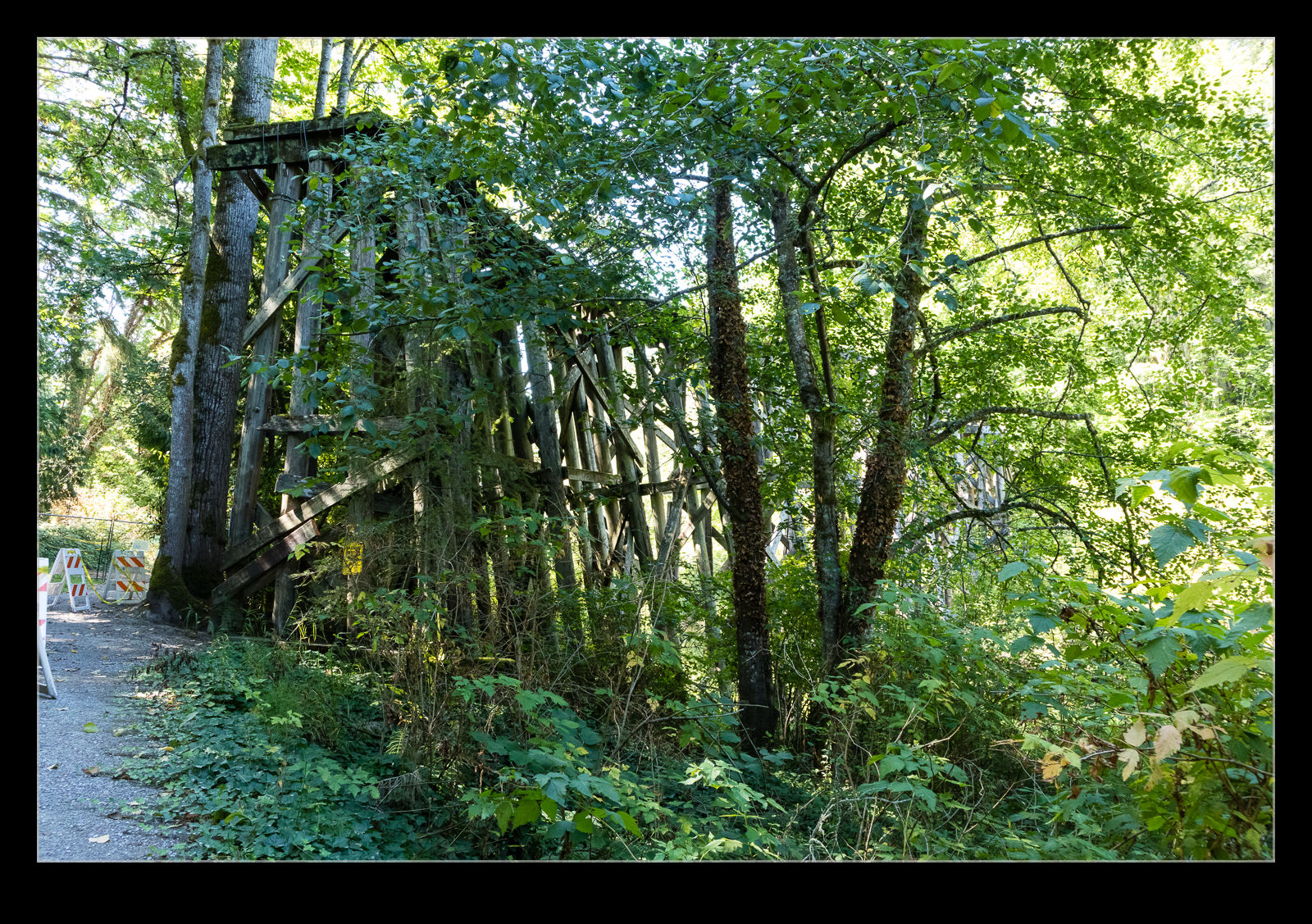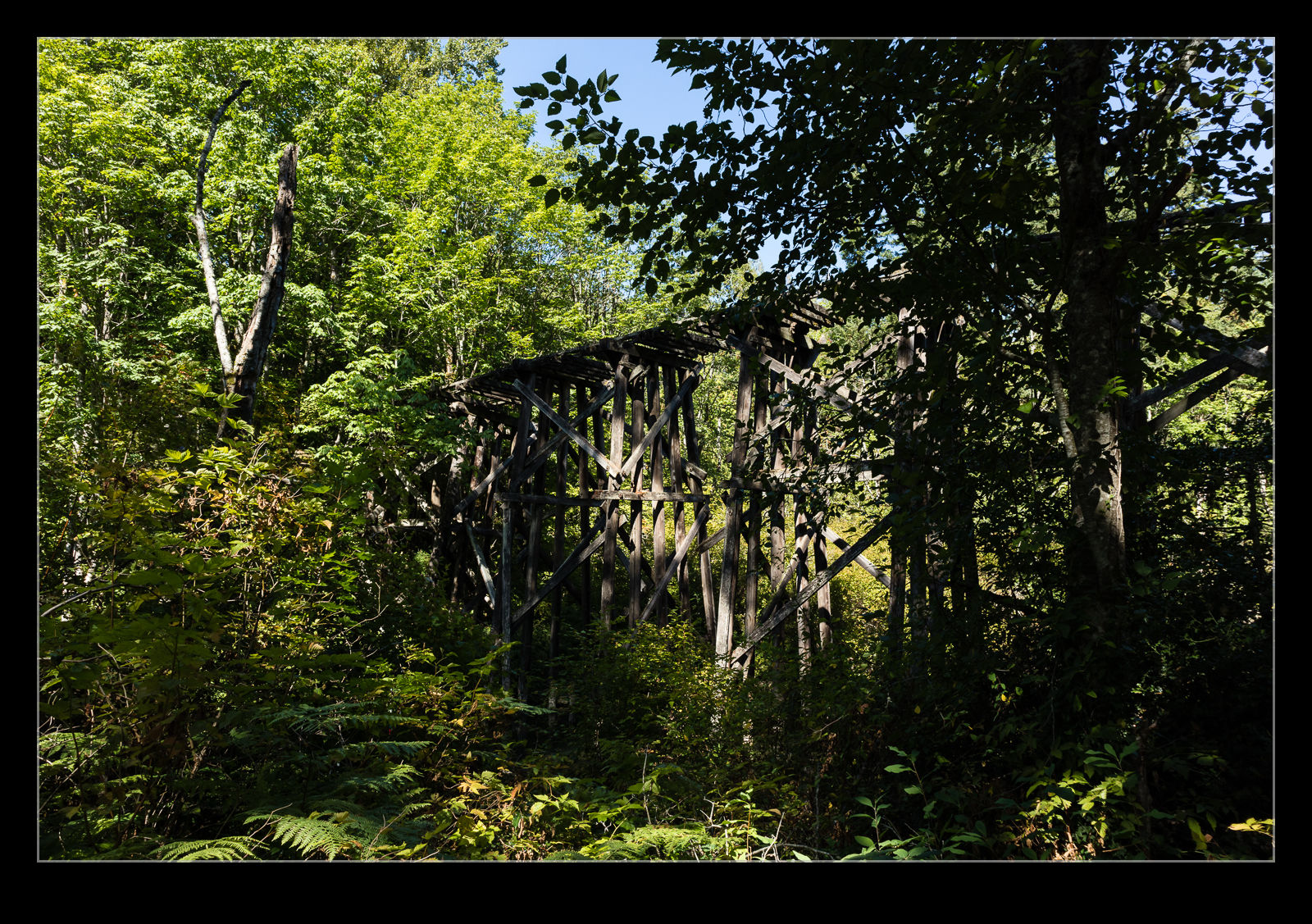 A work-related post for today. One of our projects is a light rail expansion and part of it involves the construction of a long span bridge. This was not the original plan, but it is what we ended up having. It is constructed by having forms for pouring a section of the bridge in one place and then, when that section is cured, a traveler moves out with the forms to pour the next section. This is all done from a central column so the weight balances out as the bridge expands in each direction.
A work-related post for today. One of our projects is a light rail expansion and part of it involves the construction of a long span bridge. This was not the original plan, but it is what we ended up having. It is constructed by having forms for pouring a section of the bridge in one place and then, when that section is cured, a traveler moves out with the forms to pour the next section. This is all done from a central column so the weight balances out as the bridge expands in each direction.
 It is now very close to the final pours, and they will soon be done. I got to go and see the progress recently and that included looking at the center section of the bridge where the gap between the two sections coming from each direction are close to meeting. The bridge section is hollow, and you can see across and into the other half. The final pours involve joining each end to the rest of the right of way and then, when they have been post-tensioned, this center section will be poured. There will be more to do but this is a major milestone in the project.
It is now very close to the final pours, and they will soon be done. I got to go and see the progress recently and that included looking at the center section of the bridge where the gap between the two sections coming from each direction are close to meeting. The bridge section is hollow, and you can see across and into the other half. The final pours involve joining each end to the rest of the right of way and then, when they have been post-tensioned, this center section will be poured. There will be more to do but this is a major milestone in the project.




